Home>Garden Essentials>What Soil Mix For Succulents
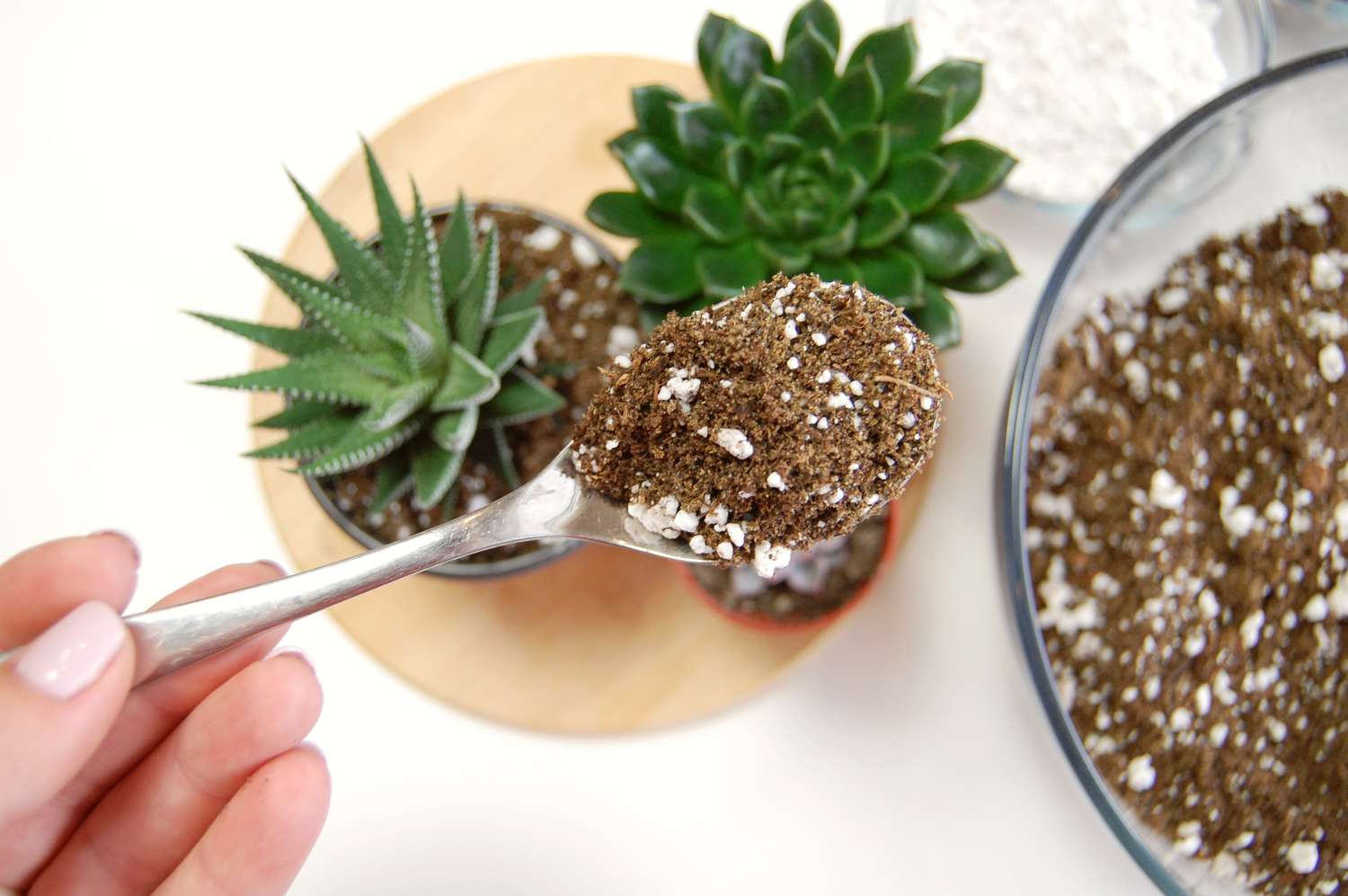

Garden Essentials
What Soil Mix For Succulents
Modified: March 16, 2024
Discover the perfect soil mix for your succulents in your garden. Create an ideal environment for your plants to thrive and grow beautifully.
(Many of the links in this article redirect to a specific reviewed product. Your purchase of these products through affiliate links helps to generate commission for Storables.com, at no extra cost. Learn more)
Introduction
Welcome to the world of succulents! These fascinating plants have gained immense popularity among garden enthusiasts and homeowners alike for their unique appearance and low maintenance requirements. Succulents are known for their ability to store water in their fleshy leaves, stems, or roots, allowing them to thrive in arid conditions. However, to ensure their long-term health and success, choosing the right soil mix is crucial.
While succulents are relatively resilient and can tolerate different growing mediums, using a well-draining soil mix that mimics their natural habitat is essential. This article will guide you through the importance of selecting the right soil mix for succulents and provide step-by-step instructions to help you create a perfect blend that will promote their growth and vitality.
By understanding the characteristics and components of an ideal soil mix, you can provide your succulents with the optimal conditions they need to flourish. So, let’s dive into the world of soil mixes and discover how to create the perfect environment for our beloved succulent plants.
Key Takeaways:
- Choose the right soil mix for succulents to prevent root rot, promote healthy growth, and provide essential nutrients. Balance drainage, aeration, and moisture retention for thriving plants.
- Experiment with soil mix components to create the perfect environment for your succulents. Consider their habitat, growth habits, and watering needs for optimal health and vibrant growth.
Read more: What Is A Cactus Soil Mix
Importance of Choosing the Right Soil Mix for Succulents
Choosing the right soil mix for your succulents is vital for their overall health and well-being. Succulents are adapted to thrive in arid environments with well-draining soil. The right soil mix will provide the necessary aeration, moisture retention, and nutrient availability that these plants need to flourish.
One of the key reasons for using the appropriate soil mix is to prevent root rot. Succulents are prone to root rot if their roots sit in moist soil for too long. The ideal soil mix will allow excess water to drain quickly, preventing waterlogged conditions that can lead to root rot. It is crucial to strike a balance between providing enough moisture for the plants while ensuring that the soil drains effectively.
In addition to preventing root rot, the right soil mix will also support proper root development. Succulents have shallow root systems that spread out horizontally to absorb water and nutrients. A well-draining soil mix will encourage root growth and prevent the roots from becoming compacted or suffocated in dense soil.
Furthermore, using the right soil mix will promote healthy growth and prevent the succulents from becoming leggy or stressed. A blend that allows for adequate airflow and drainage will prevent issues like fungal diseases or pests that thrive in damp environments. It will also help the plants establish a strong foundation for robust growth and vibrant foliage.
Another benefit of choosing the right soil mix is that it provides a suitable pH level for succulents. Most succulents prefer a slightly acidic to neutral pH range. The wrong soil mix with an imbalanced pH level can hinder nutrient uptake and cause deficiencies or toxicity in the plants. By using a well-balanced soil mix, you can ensure that your succulents have access to the nutrients they need to thrive.
Overall, selecting the right soil mix for succulents is essential for their overall health, preventing root rot, promoting root development, supporting healthy growth, and providing the necessary nutrients. Now that we understand the importance, let’s delve into the characteristics of an ideal soil mix for succulents.
Characteristics of an Ideal Soil Mix for Succulents
An ideal soil mix for succulents should have specific characteristics to create a well-draining and moisture-retaining environment. These characteristics will ensure that the roots of the succulents receive the right balance of water, air, and nutrients for optimal growth and health. Here are the key characteristics to look for:
- Good drainage: The soil mix should have excellent drainage to prevent water from pooling around the roots and causing root rot. Loose, well-draining soil allows excess water to quickly flow through, ensuring that the roots are not sitting in constantly moist conditions.
- Good aeration: Aeration is crucial for succulents as it allows oxygen to reach the roots. The soil mix should have a light and loose texture that allows air to flow freely through the soil, preventing suffocation of the roots.
- Moisture-retaining capacity: While succulents prefer drier conditions, they still require some moisture. The soil mix should have the capacity to hold some water to provide hydration to the plants between watering sessions. However, it should release excess moisture quickly to avoid waterlogged conditions.
- Well-balanced pH level: Ideally, the soil mix should have a slightly acidic to neutral pH range, around 6.0 to 7.0, to support nutrient absorption by the plants. An imbalanced pH level can lead to nutrient deficiencies or toxicity in succulents.
- Loose texture: The soil mix should have a loose and well-structured texture to allow the roots to spread easily and prevent compaction. A loose texture also aids in water drainage and aeration, promoting healthy root development.
- Organic matter: Adding organic matter, such as compost or well-rotted manure, to the soil mix can improve its structure and water-holding capacity. Organic matter also provides essential nutrients to the plants and promotes beneficial microbial activity in the soil.
- Mineral components: Including mineral components like perlite, pumice, or coarse sand in the soil mix enhances drainage and aeration. These components increase the porosity of the soil mix, preventing waterlogging and allowing the roots to access air.
- No compacting substances: Avoid using materials that compact easily, such as clay or fine-grained sand, as they can hinder drainage and air circulation. These compacting substances can lead to waterlogged conditions and root suffocation.
By finding a soil mix that exhibits these characteristics, you can create an environment that promotes the healthy growth and vigor of your succulent plants. In the next section, we will outline the components required to create a suitable soil mix for succulents.
Components of a Suitable Soil Mix for Succulents
A suitable soil mix for succulents consists of a combination of different components that work together to create a well-draining and moisture-retaining environment. Each component serves a specific purpose in providing the ideal conditions for the plants to thrive. Here are the essential components to include in your succulent soil mix:
- Coarse Sand or Perlite: These mineral components are crucial for enhancing drainage and preventing waterlogging in the soil mix. They help create air pockets and increase the porosity of the soil, allowing excess water to quickly pass through. Aim to include approximately 30-50% of coarse sand or perlite in the soil mix.
- Organic Matter: Organic matter, such as well-rotted compost or coconut coir, improves the soil structure and water retention capabilities. It also provides essential nutrients to the succulents and promotes microbial activity in the soil. Aim to include around 25-30% of organic matter in the soil mix.
- Pumice or Volcanic Rock: Adding pumice or volcanic rock to the soil mix further promotes drainage and aeration. These materials are lightweight and porous, allowing excess moisture to escape while providing stability to the soil. Include around 10-20% of pumice or volcanic rock in the mix.
- Peat Moss or Coco Coir: Peat moss or coco coir helps retain moisture in the soil mix without causing waterlogging. These components provide a slight water-holding capacity while ensuring good drainage. Aim to include around 10-20% of peat moss or coco coir in the soil mix.
- Mineral Grit: Adding mineral grit, such as small-sized gravel or crushed granite, can improve the overall texture of the soil mix. It aids in drainage, prevents compaction, and provides added stability. Include around 10-15% of mineral grit in the mix.
- Regular Potting Mix: Using a small portion (around 5-10%) of regular potting mix can provide some additional nutrients and improve the overall texture of the soil mix. Look for a well-draining potting mix suitable for succulents or create your own mix using equal parts of peat moss, perlite, and compost.
By combining these components in the right proportions, you can create a well-balanced soil mix that promotes excellent drainage, aeration, and moisture retention. It provides the perfect growing medium for your succulents to thrive and flourish. In the next section, we will guide you through the step-by-step process of creating a perfect soil mix for your succulent plants.
Use a well-draining soil mix for succulents, like a combination of potting soil, perlite, and coarse sand. This will prevent waterlogged roots and help your succulents thrive.
Step-by-Step Guide for Creating a Perfect Soil Mix for Succulents
Creating a perfect soil mix for your succulents is a straightforward process that involves combining the right components in the correct proportions. Follow this step-by-step guide to create an ideal soil mix for your succulent plants:
- Gather the necessary components: Collect all the components you will need to create the soil mix, including coarse sand or perlite, organic matter (such as compost or coco coir), pumice or volcanic rock, peat moss or coco coir, mineral grit (such as gravel or crushed granite), and regular potting mix if desired.
- Determine the ratios: Decide on the proportions of each component based on their recommended percentages. Keep in mind the importance of good drainage and aeration for succulents and adjust the ratios accordingly. A typical ratio could be 40% coarse sand, 30% organic matter, 15% pumice, 10% peat moss, 10% mineral grit, and 5% regular potting mix.
- Prepare the mixing container: Use a large container or mixing tray to combine the components. Make sure the container is clean and free of debris or contaminants.
- Add the components: Start by adding the coarse sand or perlite to the container. Gradually add the other components, mixing them thoroughly as you go. Ensure that the components are evenly distributed throughout the mix.
- Moisten the soil mix: Once all the components are mixed, moisten the soil mix slightly. Avoid making it too wet, as succulents prefer a drier environment. The soil mix should be slightly damp but not saturated.
- Test the soil mix consistency: Take a handful of the soil mix and squeeze it gently. It should hold its shape briefly and then crumble apart easily. If the mix is too compact or does not crumble, adjust the proportions by adding more coarse sand or perlite to improve its texture and drainage.
- Let the soil mix settle: Allow the soil mix to settle for a few days before using it. This will help ensure that the components are well-integrated and evenly distributed throughout the mix.
- Store the soil mix: If you have any leftover soil mix, store it in a sealed container or bag in a cool, dry place. This will help maintain its quality and prevent it from becoming contaminated or attracting pests.
By following these steps, you can create a perfect soil mix tailored to the needs of your succulent plants. Remember to adjust the ratios of the components based on your specific succulent varieties and growing conditions. Now that you have your soil mix ready, it’s time to avoid some common mistakes when preparing soil mix for succulents, which we will discuss in the next section.
Read more: What Is Humus Soil Mix
Common Mistakes to Avoid when Preparing Soil Mix for Succulents
When preparing soil mix for your succulents, it’s important to avoid common mistakes that can impact their growth and overall health. By being aware of these mistakes, you can ensure that your succulents have an optimal growing environment. Here are some common mistakes to avoid:
- Using heavy or compacting soil: Succulents require well-draining soil, and using heavy soil or compacting components can lead to waterlogged conditions and root rot. Avoid using clay-based soils or fine-grained sands that tend to clump together and hinder drainage.
- Skipping the addition of mineral components: Mineral components like coarse sand, perlite, or pumice are essential for promoting drainage and aeration in the soil mix. Skipping these components can result in compacted soil that retains too much moisture, leading to root rot and fungal diseases.
- Overhydrating the soil mix: Succulents prefer drier conditions, and overhydrating the soil mix can be detrimental to their health. Ensure that the soil mix is slightly moist but not saturated. Avoid adding excessive water and allow the soil mix to dry out between waterings.
- Using contaminated or nutrient-poor organic matter: While organic matter is beneficial for the soil mix, using contaminated or nutrient-poor organic matter can introduce pests or provide inadequate nutrition for the succulents. Ensure that the organic matter is well-rotted, free from pests, and rich in nutrients.
- Ignoring the pH level of the soil mix: Succulents thrive in slightly acidic to neutral pH levels. Ignoring the pH level of the soil mix can prevent proper nutrient absorption and lead to nutrient imbalances or deficiencies. Aim for a pH range of 6.0 to 7.0 in the soil mix.
- Not adjusting the soil mix for different succulent species: Different succulent species have varying moisture and nutrient requirements. Not adjusting the soil mix accordingly can hinder their growth and health. Research the specific needs of your succulents and modify the soil mix proportions as needed.
- Using unsterilized soil mix: Using unsterilized soil mix can introduce pests, disease-causing pathogens, or unwanted weed seeds. It is essential to sterilize the soil mix before using it or ensure that you are using a reputable commercial mix that has been sterilized.
- Not allowing the soil mix to settle: Allowing the soil mix to settle for a few days before using it is crucial to ensure that the components are well-integrated and any excess moisture has evaporated. Skipping this step can result in uneven moisture distribution and potential issues with compaction.
Avoiding these common mistakes when preparing the soil mix for your succulents will help provide them with the ideal growing conditions. Remember to pay attention to the soil texture, drainage, moisture levels, and pH balance to create an environment that fosters healthy succulent growth. In the next section, we will discuss factors to consider when selecting a soil mix for different types of succulents.
Factors to Consider when Selecting a Soil Mix for Different Types of Succulents
When it comes to succulents, there is a wide variety of species and each may have specific requirements for their soil mix. While the characteristics of a good soil mix remain the same, there are a few factors to consider when selecting a soil mix for different types of succulents. Here are some key factors to keep in mind:
- Native Habitat: Consider the natural habitat of the succulent species you are growing. Succulents that originate from arid desert regions, such as cacti, usually prefer a grittier and fast-draining soil mix. On the other hand, succulents from mountainous regions may benefit from a slightly richer soil mix with more organic matter.
- Growth Habit: Some succulents have trailing or vine-like growth habits, while others have rosette forms or clumping habits. Depending on the growth habit, you may need to adjust the soil mix to provide adequate support and stability for the plants. Adding more mineral grit or volcanic rock can aid in stabilizing taller or trailing succulents.
- Watering Frequency: Consider the watering needs of the succulent species. Some succulents prefer infrequent watering, while others require more moisture. Succulents that require less water generally do better with a well-draining soil mix, while those needing more moisture may benefit from a mix that holds slightly more water, such as one with a higher percentage of organic matter.
- Container Size: The size of the container in which you will be growing your succulents also plays a role in selecting the right soil mix. Small containers dry out quickly, so a soil mix with more organic matter can help retain moisture. For larger containers, a mix with excellent drainage and aeration is necessary to avoid waterlogging.
- Seasonal Requirements: Pay attention to the seasonal requirements of the succulent species. Some succulents go through periods of more active growth or flowering, during which they may benefit from a slightly richer soil mix with more organic matter or slow-release fertilizers. Adjust the soil mix accordingly to support their seasonal needs.
- Personal Observation: Keep track of how your succulents respond to different soil mixes. Observe their growth, foliage color, and overall health. If certain succulents consistently thrive with specific soil characteristics, take note and apply those observations when selecting a soil mix for similar species in the future.
- Experimentation: Don’t be afraid to experiment with different soil mixes for your succulents. Every gardener’s conditions and preferences may differ, and what works well for one person may not be the ideal choice for another. Feel free to modify and tweak the soil mix proportions and components to find what works best for your specific succulents.
Considering these factors will help you choose the right soil mix tailored to the specific needs of the succulent species you are growing. Remember to research and understand the requirements of your succulents, and be open to adjusting the soil mix to provide them with the best growing conditions. In the next section, we will conclude our discussion on soil mixes for succulents.
Conclusion
Choosing the right soil mix for your succulents is essential for their overall health and vitality. A well-draining, moisture-retaining soil mix provides the ideal conditions for succulents to thrive and flourish. By considering the characteristics of an ideal soil mix, including good drainage, aeration, and moisture-retention capacity, you can create a growing medium that promotes healthy root development and prevents issues like root rot.
When preparing the soil mix, ensure that you incorporate the necessary components such as coarse sand or perlite, organic matter, pumice or volcanic rock, peat moss or coco coir, mineral grit, and regular potting mix if desired. Adjust the proportions of these components to suit the specific needs of your succulent species and growing conditions.
Avoid common mistakes such as using heavy or compacting soil, overhydrating the soil mix, or neglecting the pH level and sterilization of the mix. These mistakes can affect the health and growth of your succulents. It is important to monitor and adjust the soil mix as needed, considering factors like the native habitat, growth habit, watering frequency, container size, seasonal requirements, and personal observations of your succulents.
Remember that experimenting with different soil mixes allows you to find the perfect blend that works best for your succulent plants. Observing how your succulents respond to different soil mixtures will help you refine your approach and provide the optimal growing environment for their specific needs.
With the right soil mix in place, your succulents will thrive, displaying vibrant colors, healthy foliage, and robust growth. Their resilience and unique beauty will be showcased, bringing joy and satisfaction to your gardening endeavors. So, take the time to create a perfect soil mix for your succulents and watch them flourish in their ideal growing environment.
Frequently Asked Questions about What Soil Mix For Succulents
Was this page helpful?
At Storables.com, we guarantee accurate and reliable information. Our content, validated by Expert Board Contributors, is crafted following stringent Editorial Policies. We're committed to providing you with well-researched, expert-backed insights for all your informational needs.
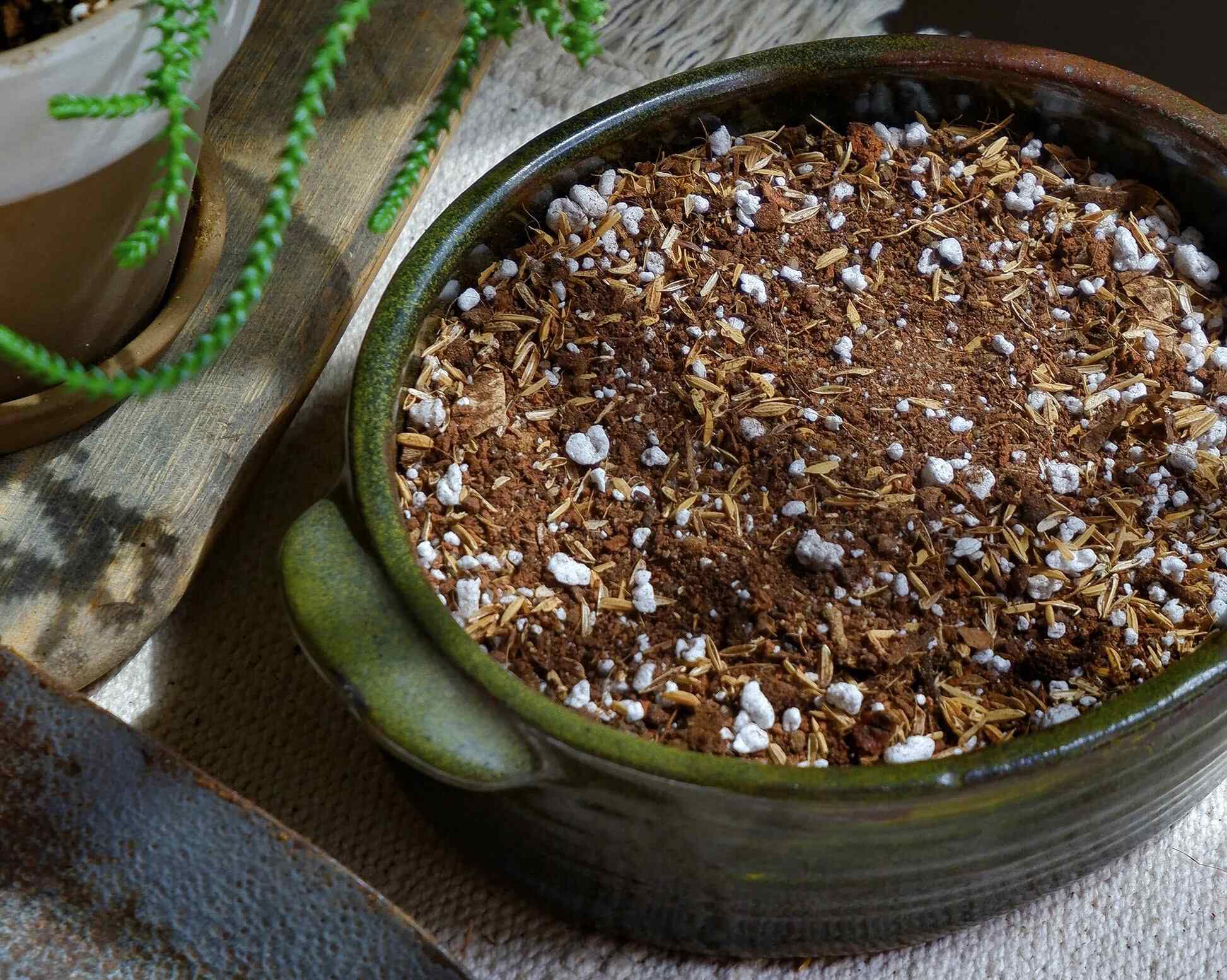
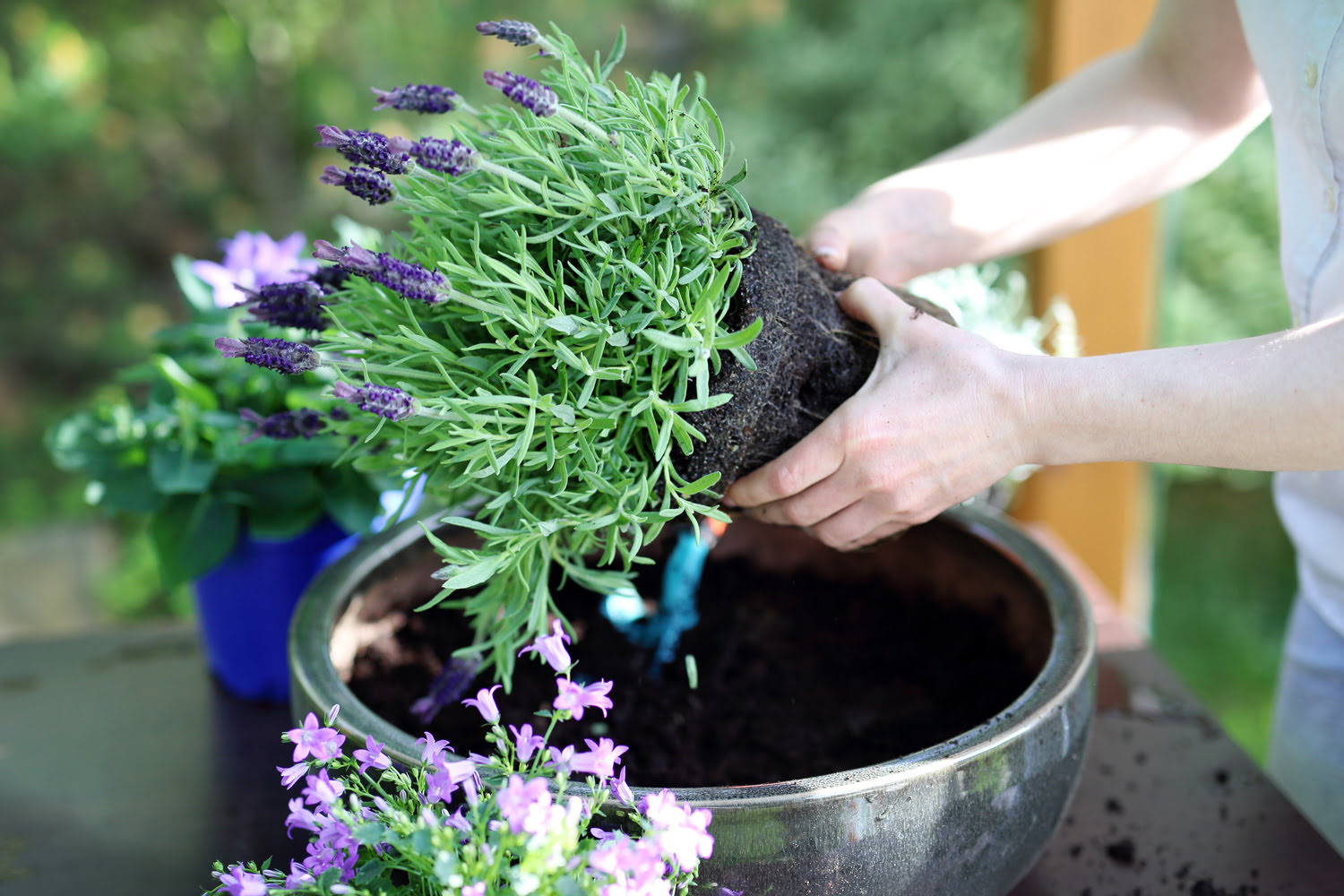
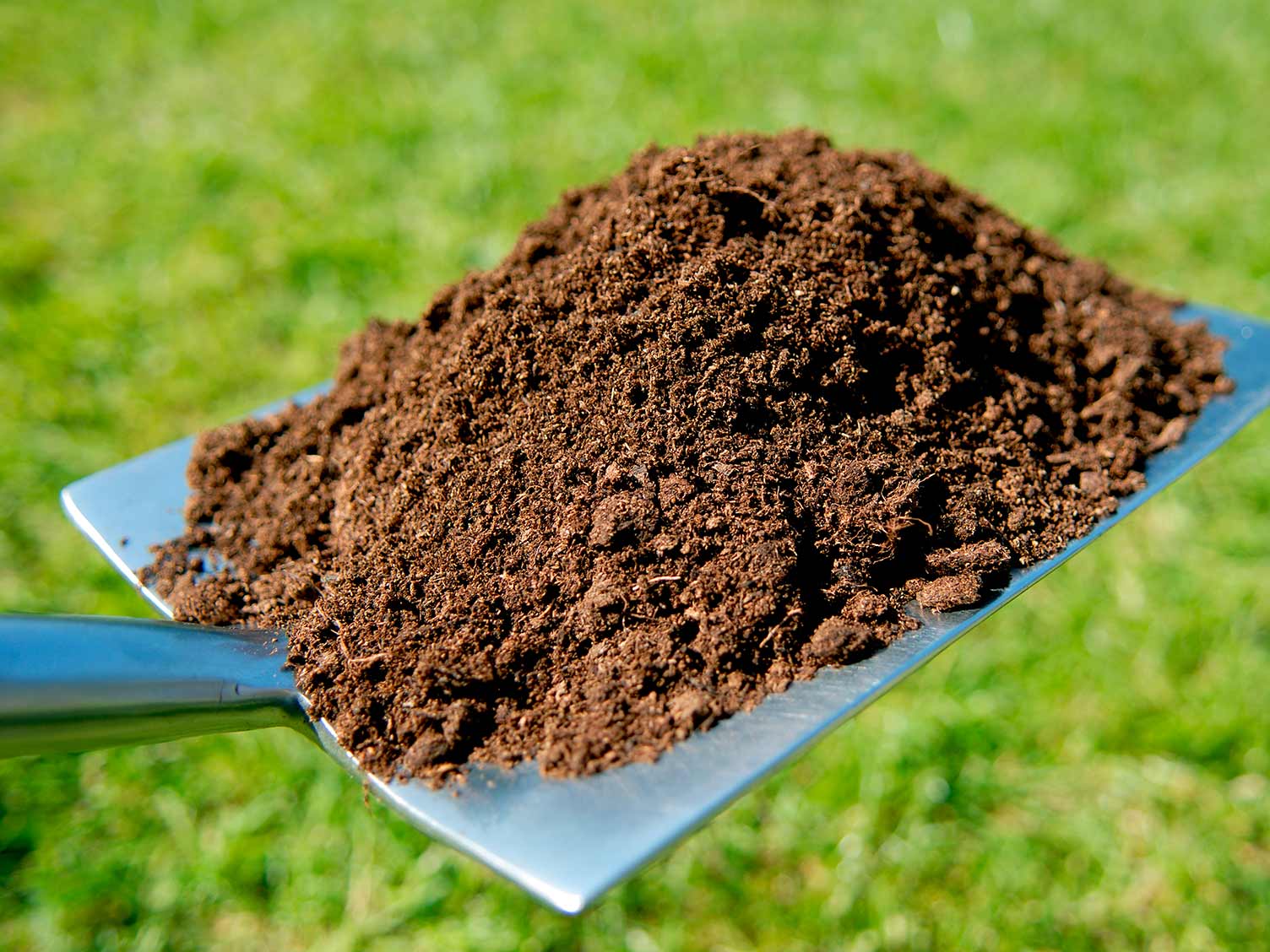
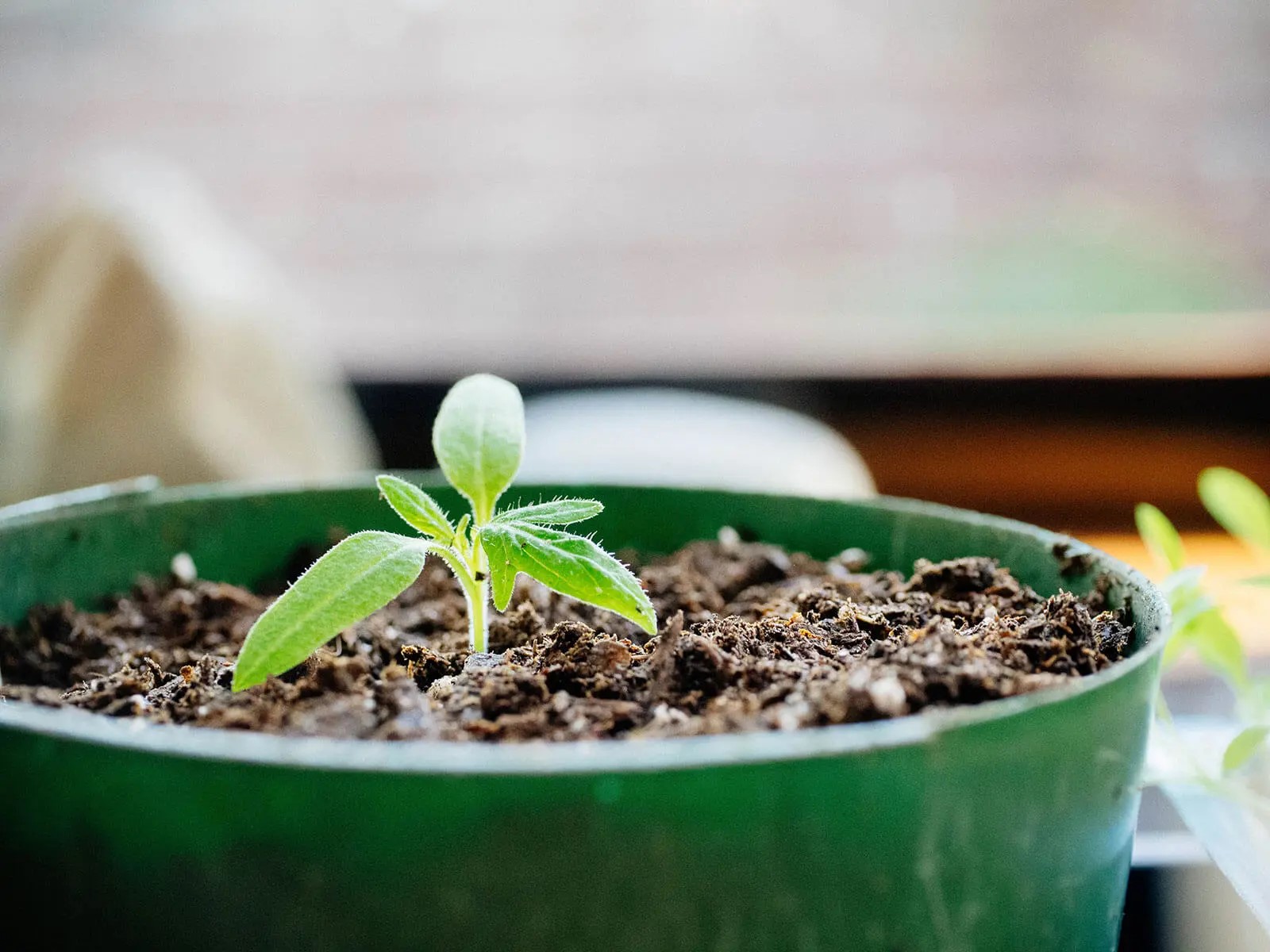
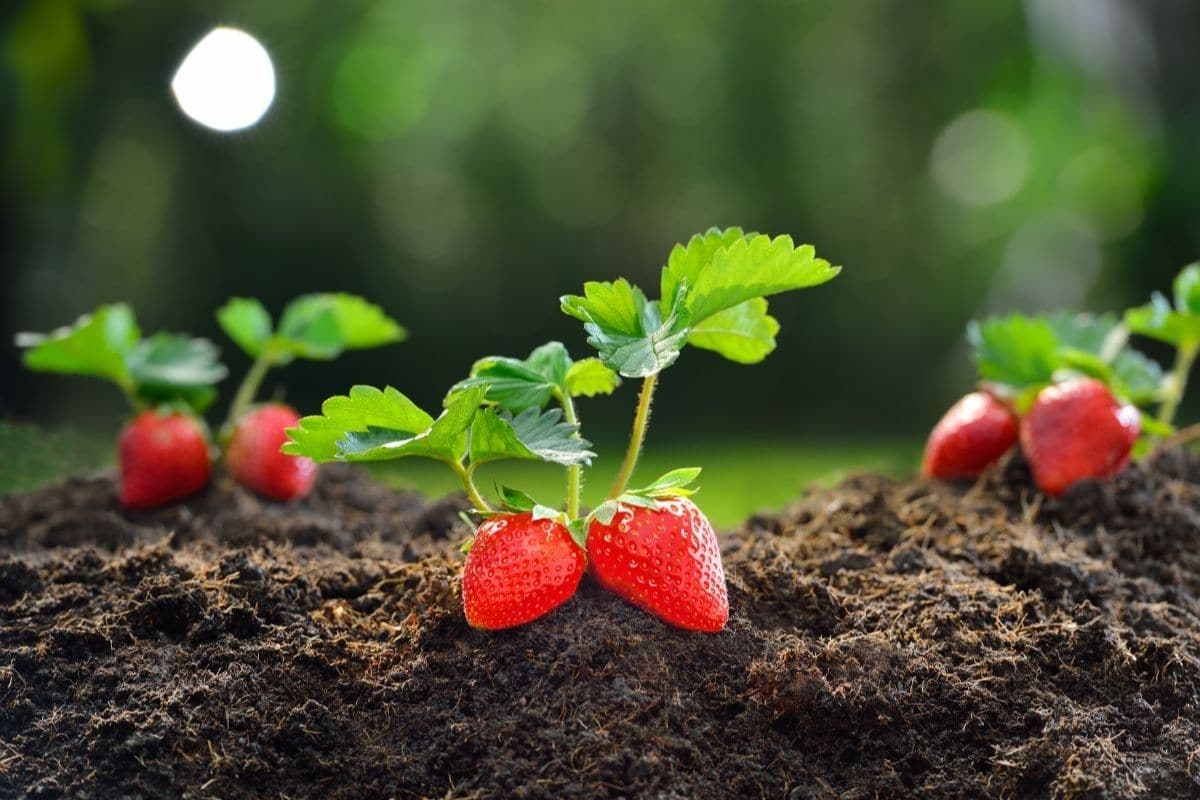
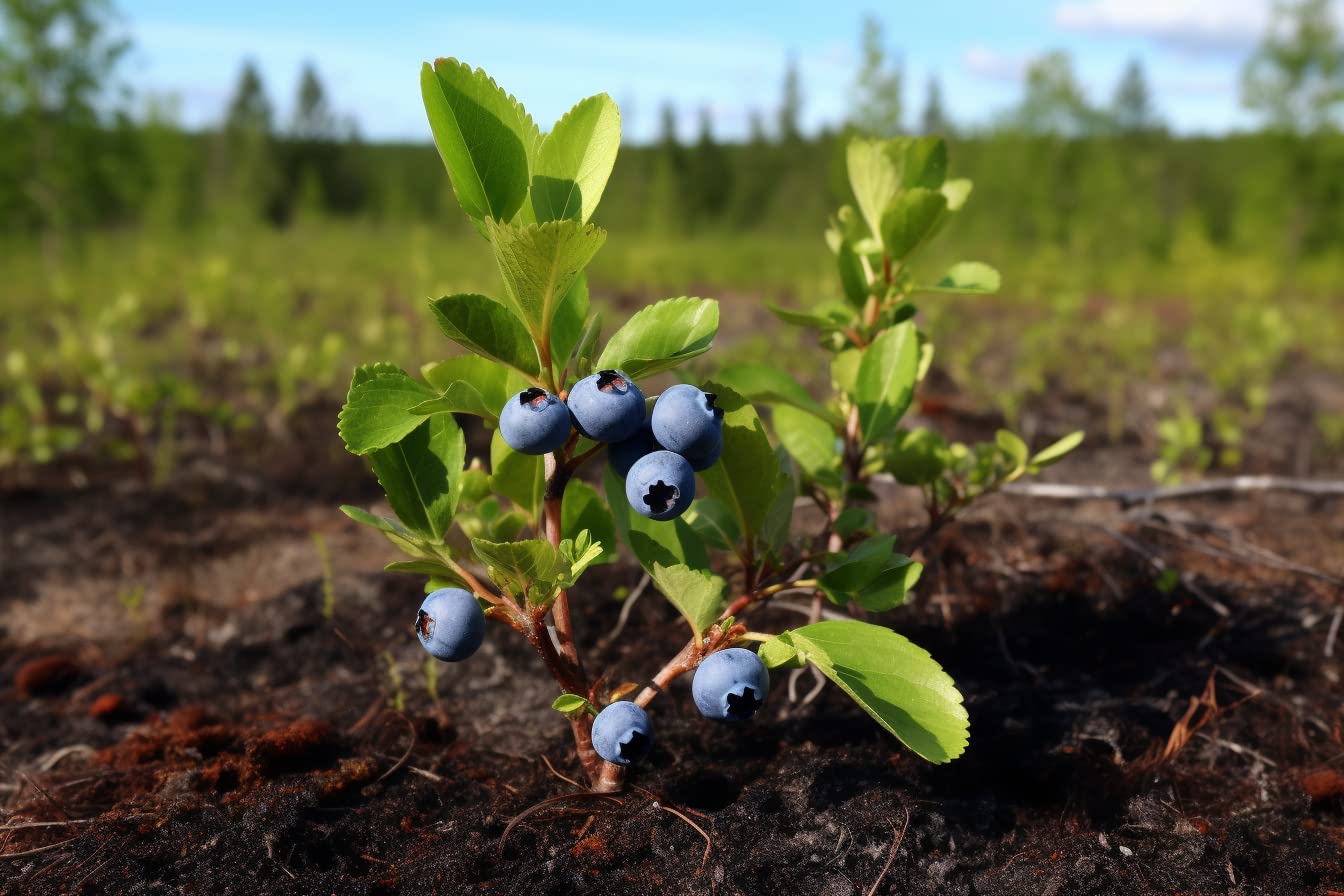

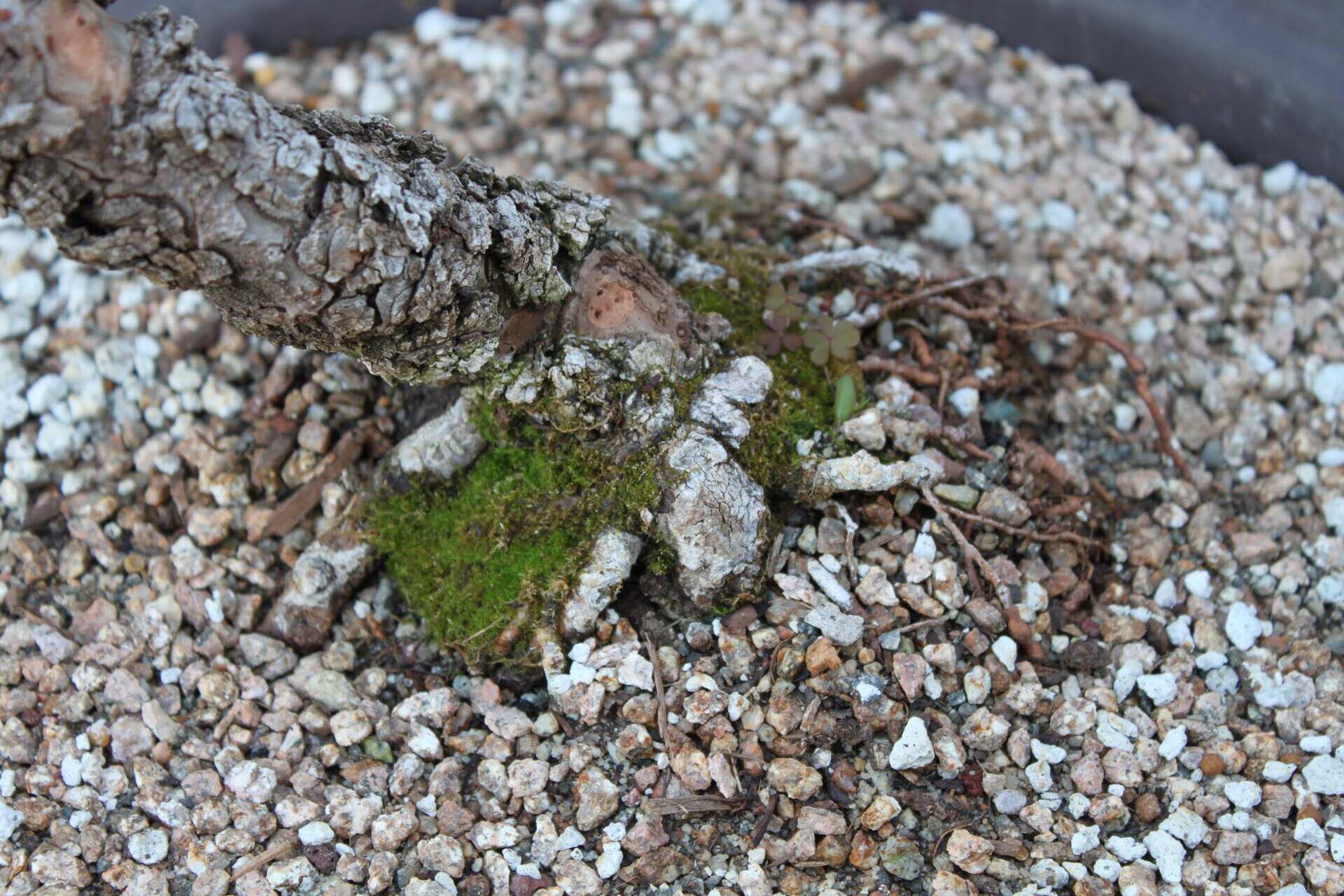

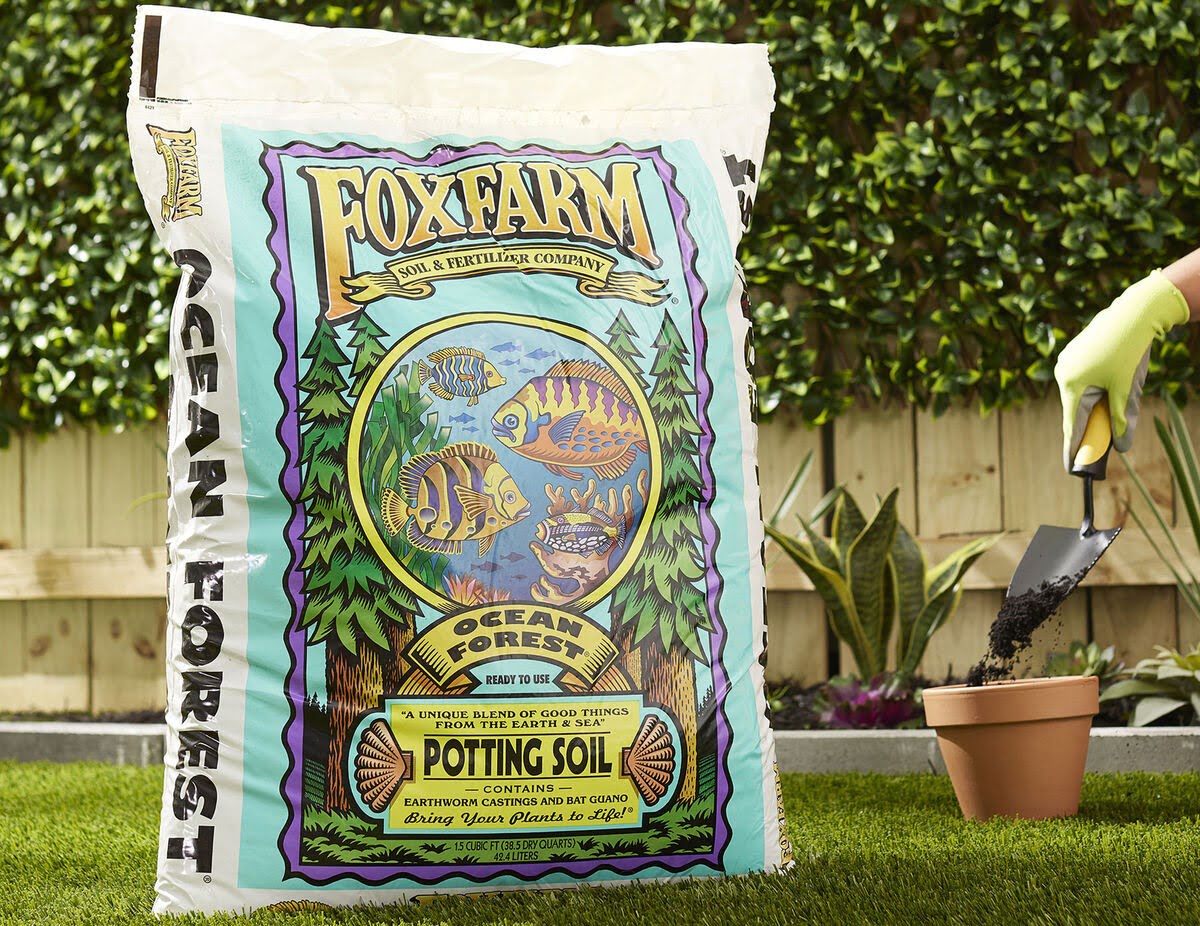
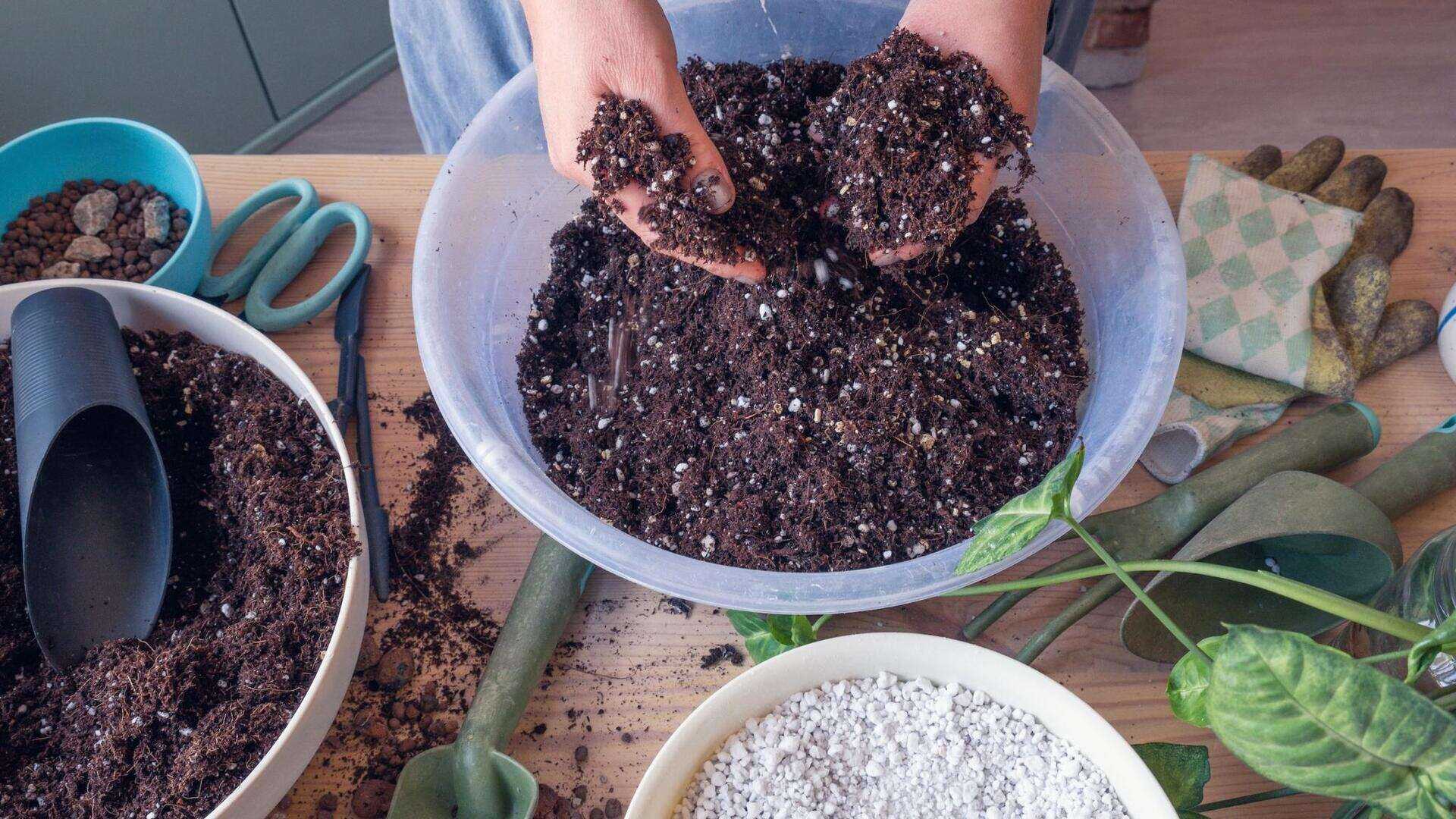
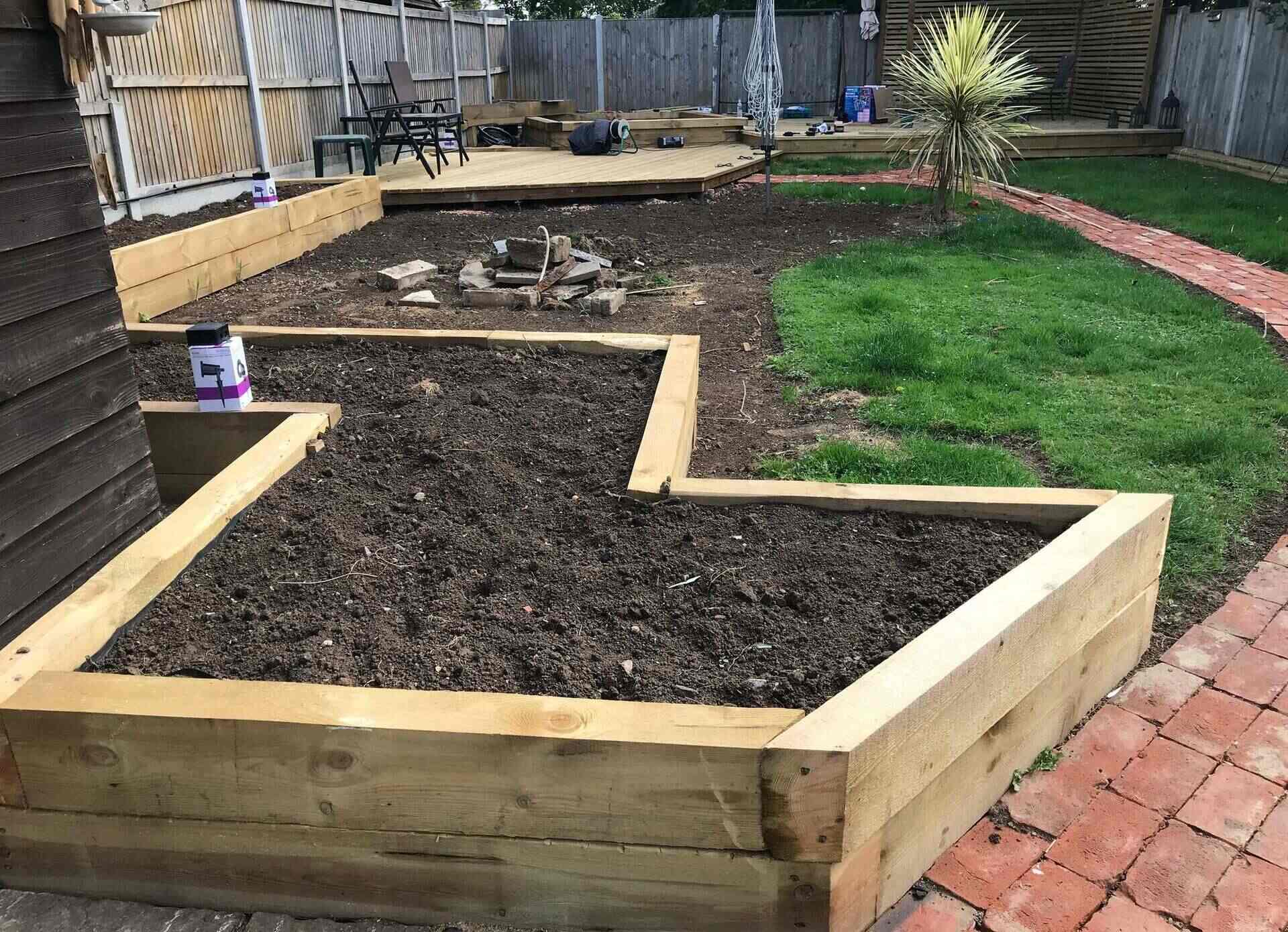
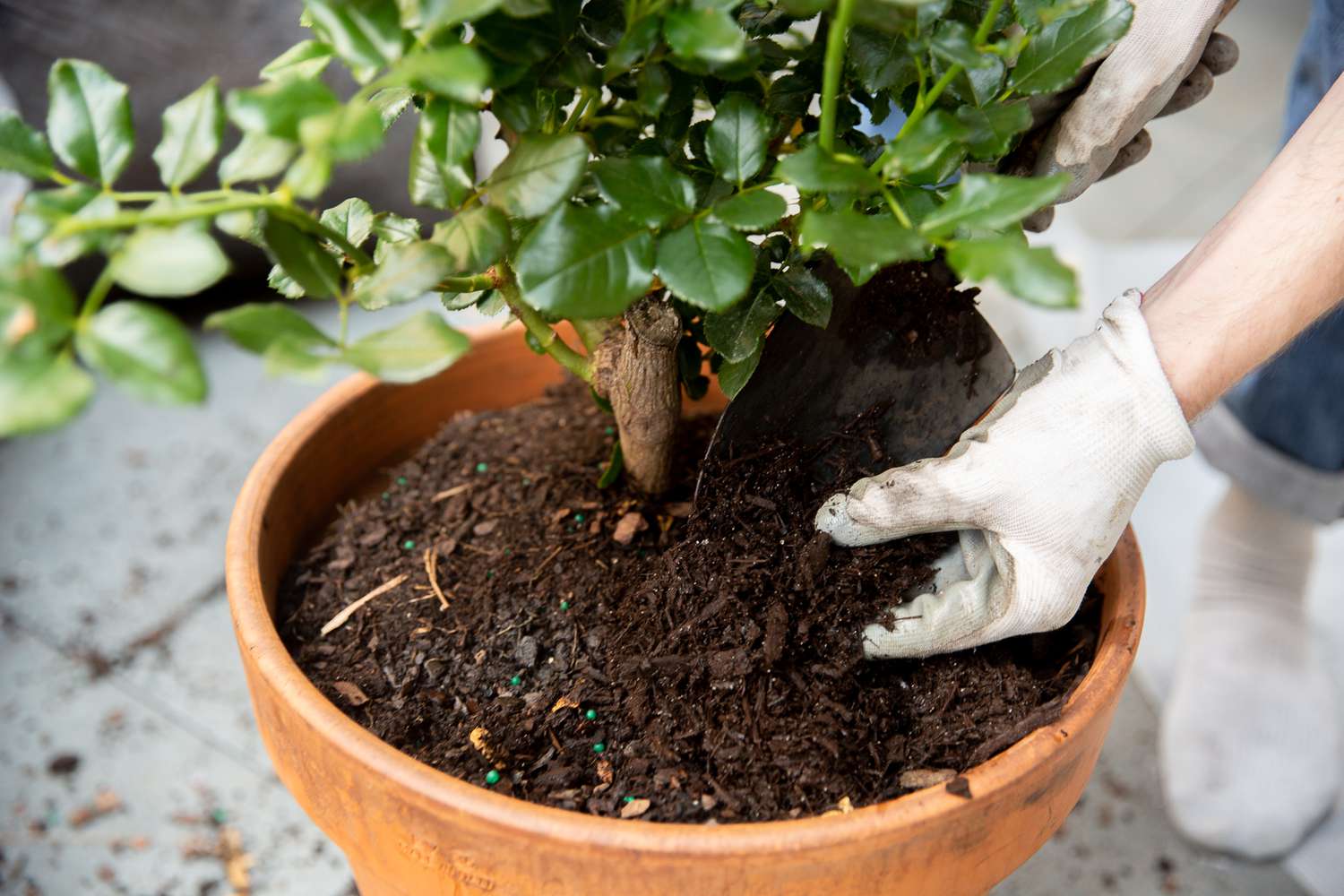
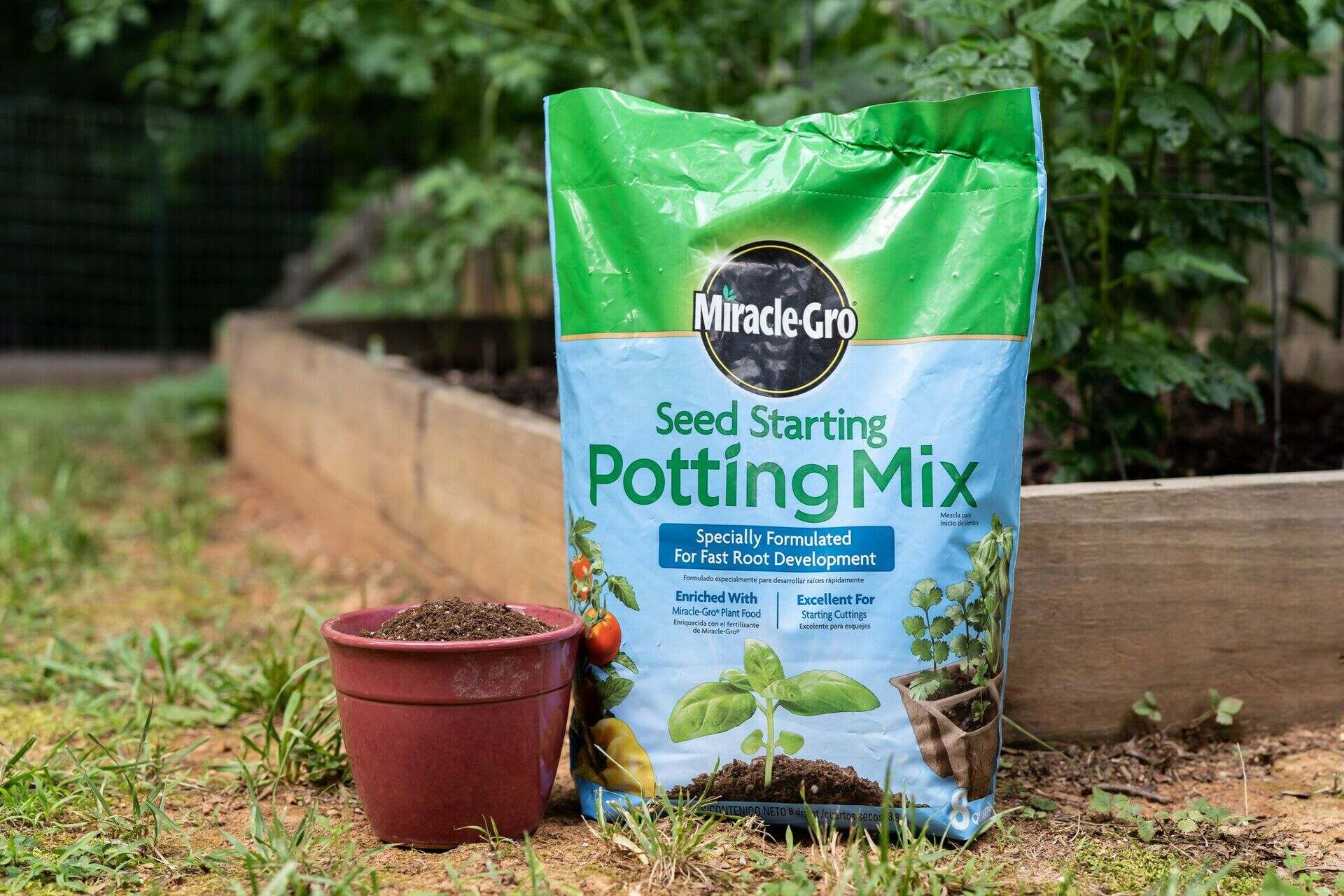

0 thoughts on “What Soil Mix For Succulents”